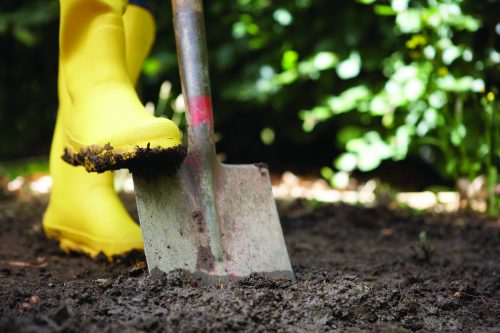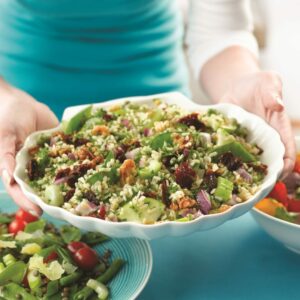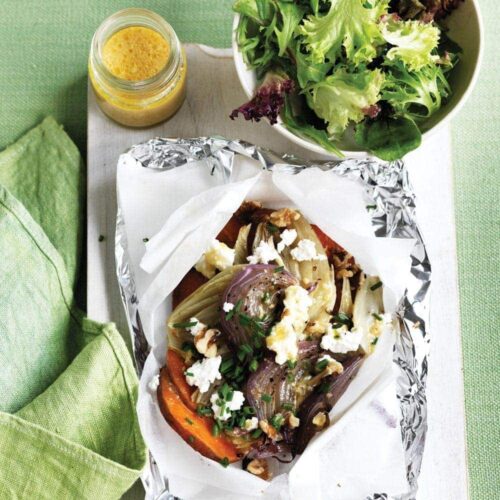
Now’s the time to plan, plot and prepare for spring.
Officially the depths of winter, June offers the chance to plan and prepare for spring, when the garden guns start blazing again. So, whether you’re a green-fingered goddess or an enthusiastic neophyte, its time to plan, plot and prepare.
Get down and dirty
The soil will have been depleted of nutrients by last season’s growth so it will need feeding. Layer as much rotted manure or compost as you can get your hands on (not literally) over the surface of your vege patch and leave the ravages of winter to soak the nutrients down into the soil. Soils with clay will also benefit from an additional sprinkling of lime or wood ash at the same time. By September these dressings will be fully integrated into the soil.
Be clean and green
Clean up the old stalks, leaves and leftovers from the vege patch and, providing they show no signs of infection, bung the lot on the compost heap. Wash all tools, gardening implements and empty plant pots with soap and water as these can carry infection through the winter into spring.
Sort through your seed collection, storing the packets in dry jars with airtight lids but throwing away seed packets opened more than two years ago: the germination rate of these will be too low to be worth keeping.
Cover the compost heap with a lid to keep excessive rain out. Too much water can stop the composting process.
Prune, pot and pamper
Pip, stone and berry trees and shrubs need pruning. Remove dead and damaged branches as well as any growth that points into the centre of the plant and that which rubs against other branches.
Runners (the tiny plants on the end of long stems) from strawberry plants can be potted up in compost to form next season’s plants.
Pamper frost-tender perennials (plants which live for more than two years), such as artichokes and asparagus, by covering in straw or frost-fleece where frost is severe.
Crop and cook
Some crops improve in flavour after a couple of frosts and by June many of these are ready for cropping — Brussels sprouts, parsnips and Oca (New Zealand yam) in particular.
www.healthyfood.com










